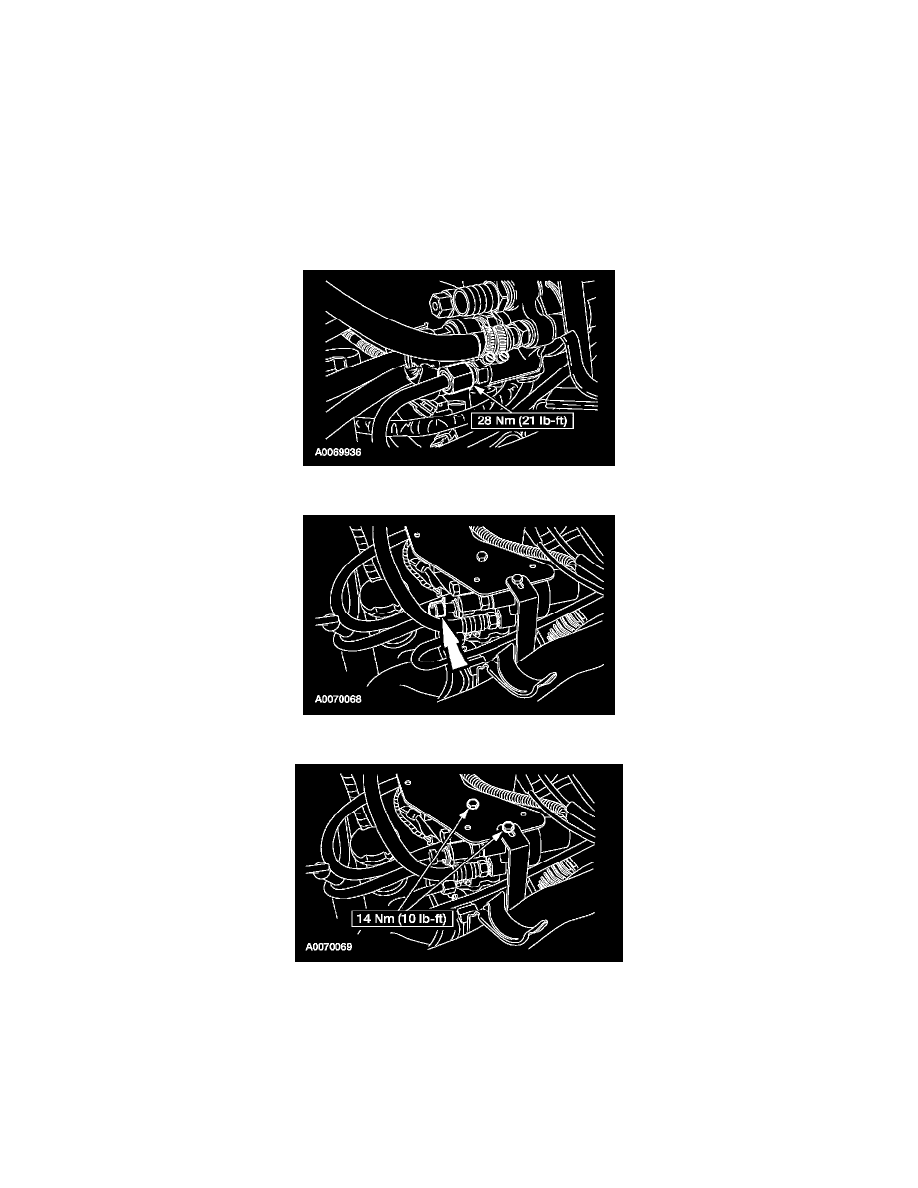F 150 Heritage 4WD Pickup V8-5.4L SOHC VIN Z Bi-fuel (2004)

your vehicle operating at normal performance. Bi-fuel components and gasoline specific components are not interchangeable. If your vehicle is not
repaired in accordance with bi-fuel service procedures, damage can occur and your warranty may be invalidated.
-
Fuel supply lines are always pressurized. When repairing fuel-related components, do not smoke or carry lighted tobacco or an open flame of any
type. Flammable mixtures may be present and can ignite, resulting in personal injury.
-
The natural gas fuel system is always pressurized to 655 kPa (95 psi) downstream of the fuel pressure regulator and up to 24,821 kPa (3,600 psi)
upstream of the fuel pressure regulator. Use care when repairing the fuel system or personal injury can occur.
-
The natural gas fuel supply manifold is pressurized to 655 kPa (95 psi). Fuel pressure must be relieved prior to any fuel system repair.
-
The fuel system pressure must be relieved before any component can be removed. The fuel tanks must be evacuated prior to tank removal.
Removal of components without pressure relief or tank evacuation can cause natural gas to escape into the air and cause injury or death.
1. Relieve the fuel system pressure in the natural gas fuel system.
2. Drain the cooling system.
3. Disconnect the battery ground cable.
4. Disconnect the high pressure fuel tube.
5. Disconnect the fuel pressure sensor electrical connector.
6. NOTE: Support the fuel pressure regulator when removing the mounting bolts.
Remove the fuel pressure regulator mounting bolts.
7. Position fuel pressure regulator to allow access to the hoses.
